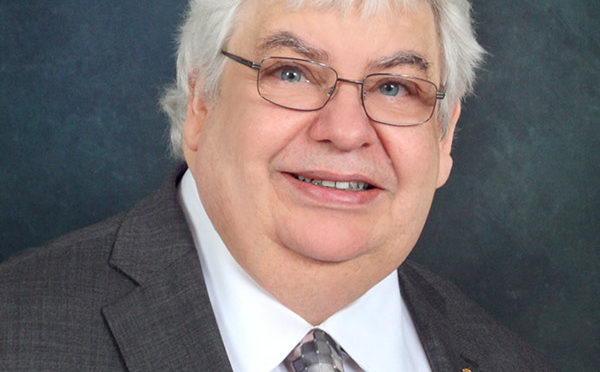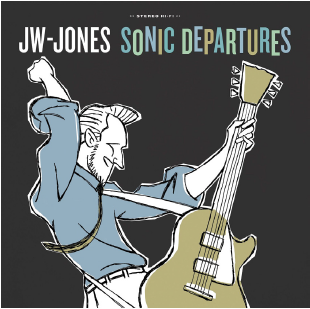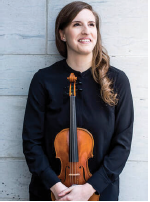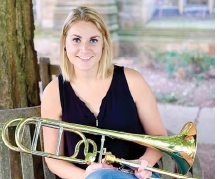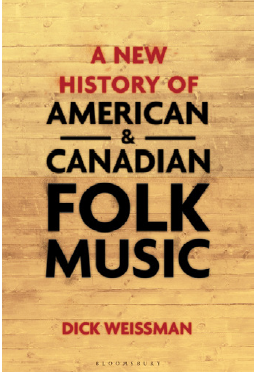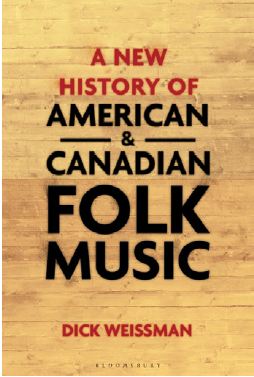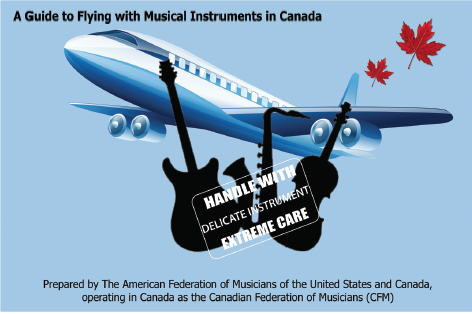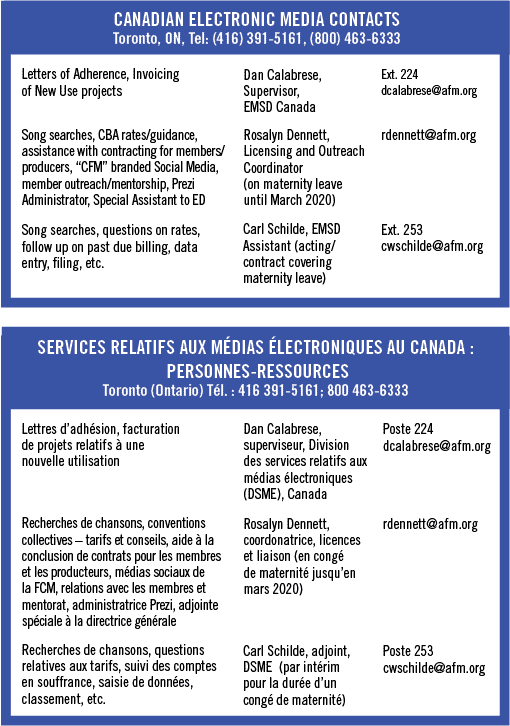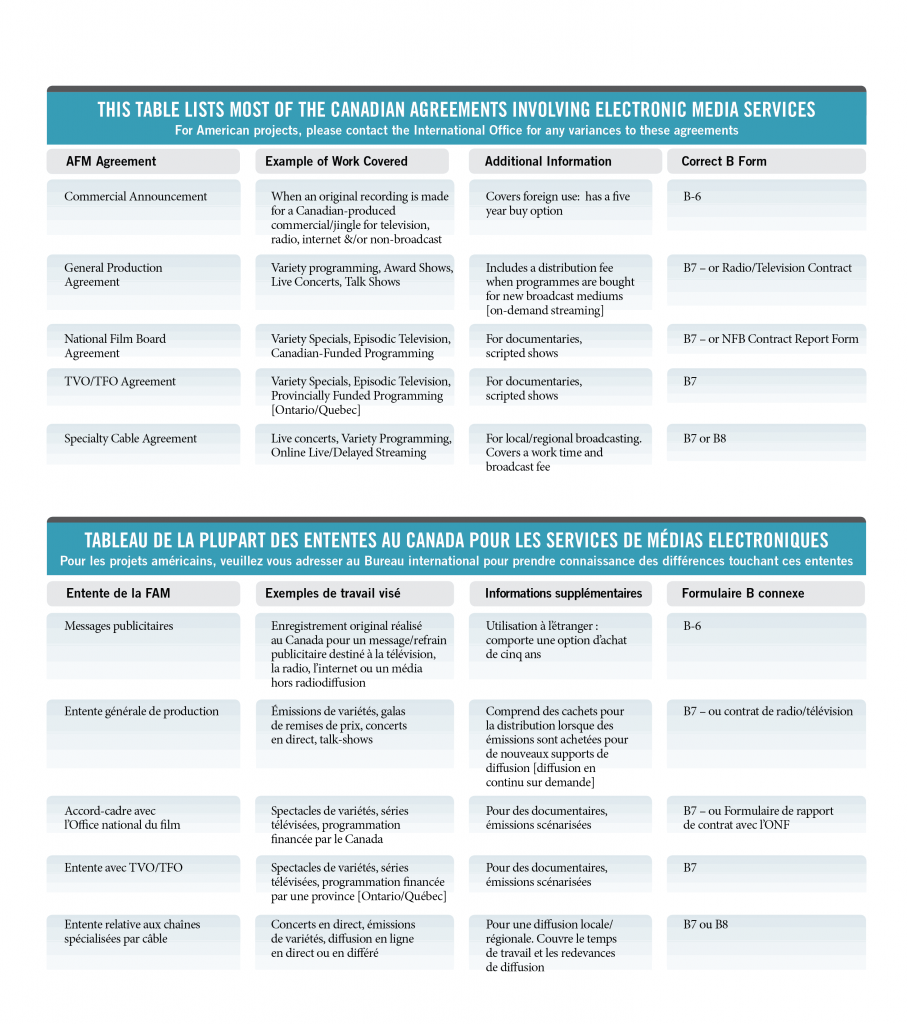The AFM in Canada has members from many different backgrounds, resulting in similar diversity in their politics. The polarization of right and left in the United States over the past few years has influenced Canada, both in how politicians present their platforms and in the manner in which information is filtered prior to public ingestion. Without sparking a debate over the authenticity of mainstream media, suffice to say, opinions are varied and increasingly more volatile.
As a union, we are inherently charmed by parties most responsive to labour. Practically, we work with any government who offers improvements to the lives of working musicians. Sometimes, objectivity is not achievable.
Case in point was the CFM’s efforts to support government’s modernization of the Broadcast Act, Bill C-10. Succinctly put, the purpose was to include big tech entities such as Netflix, Amazon, and YouTube under the regulation of the Canadian Radio-television and Telecommunications Commission (CRTC).
Virtually all the entertainment-centric organizations, unions, and guilds lauded the bill, as did our office. Unfortunately, with a late summer or fall election looming, the opposition party chose this particular bill as a vehicle to leverage votes, and in the process, voiced assertions that were highly misleading at best.
Via public statements and letters to MPs, and in conjunction with the other unions, guilds, and arts organizations, the CFM made clear its support for the bill. Predictably, we received a handful of complaints from members that were philosophically opposed, believing the bill would infringe upon their rights to upload user-generated content to their preferred social media platforms. They weren’t alone; a significant segment of the public rallied to mumble objections. A hefty number of law professors opined that provisions contained within the Charter of Rights would not be impacted by the tabled amendments to the Broadcast Act. Still, the naysayers were dogged.
The few emails we received were analogous—shocked that their union would back legislation designed to strip away their rights and freedoms, regardless of assurances to the contrary. For the record, we felt the stakes were high, in particular for musicians, and here is why.
Netflix (which has recently opened an office in Canada) has for years produced movies and episodic drama primarily for viewing on the internet, although they have now ventured into feature films with theatrical-first release. Unlike traditional broadcasters, there have been no obligations to pay taxes, no Canadian Content requirement, and no contributions to the Canadian Media Fund. Yet, by producing in Canada, they can avail themselves of the labour credits for media productions through the Canadian Audio-Visual Certification Office (CACVO). Streaming has become the preferred way that Canadians consume content and therefore poses a market-share threat to traditional broadcasters. Bill C-10 would level the playing field, and ostensibly impose the same rules to big tech as for existing platforms.
What does that mean for musicians?
Broadcasters are federally regulated under the CRTC, and therefore subject to the Status of the Artist Act. Regulating Netflix means that the CFM, as the federally-certified bargaining agent for all musicians, can serve notice and compel them to bargain an agreement covering musical services, representing hundreds of jobs.
For the CFM, it wasn’t about politics at all. Our endgame was about securing more work for musicians under union contracts, not to mention a higher-degree of world recognition for Canadian artists, courtesy of Canadian Content regulations.
Meanwhile, big tech is desperate to retain absolute power and avoid regulation by any means. One example is the US$36 million that Google spent in an attempt to scuttle the European Union (EU) Article 13, that would require internet tech giants—Facebook, Google, and Microsoft—to install effective technologies to ensure content creators, artists, and authors receive fair pay for their work online. In the United States, Alphabet (parent company of Google) disbursed over $18 million lobbying politicians in 2017, according to federal disclosure records. Facebook spent $11.5 million on inducements, Amazon over $12.8 million, Microsoft $8.5 million, and Apple invested $7 million.
Against that background, one must wonder why the Canadian Progressive Conservatives were so adamant to kill C-10, and keep these mega corporations responsibility-free. In the end, they may well succeed. At the time of writing, the bill is being debated in the Senate. Should the writ be dropped for an election before the legislation returns to Parliament, it dies on the order desk and the whole process must begin again.
In my previous career as a gigging musician, I never focused on the fact that the AFM was toiling on my behalf on matters of national and international importance. My days were consumed in finding gigs, practising, performing, travelling, and the other burdens of a working band.
That same disconnect exists today, as a large number of our members are independent artists who are not cognizant of the value of their union membership—at least not in conjunction with their daily routine. The simple fact that the AFM exists gives all members a voice in modernizing legislation and fighting for more favourable labour laws and practices. Perhaps there are those who don’t feel this has consequence, or that it doesn’t directly affect them. It does.
This is just the tip of the iceberg in terms of the plethora of issues that constantly must be dealt with. Our union’s path forward is easier when the members are engaged and active within their locals. Unlike elsewhere throughout organized labour, musicians are a tight-knit community with more similarities than differences. Participation creates success and is the proverbial tide that floats all boats; apathy ensures failure. As in life, you only get out what you put in.
Les syndicats – pas un sport de spectateur
par Alan Willaert, vice-président de la FAM pour le Canada
Au Canada, les membres de la FAM proviennent de milieux très différents, d’où la diversité de leurs opinions politiques. La polarisation entre la droite et la gauche aux États-Unis ces dernières années a influencé le Canada, tant dans la manière dont les politiciens présentent leurs plates-formes que dans celle dont l’information est filtrée avant d’être communiquée au public. Sans vouloir provoquer un débat au sujet de l’authenticité des grands médias, je me contenterai de dire que les opinions sont variées et de plus en plus volatiles.
Comme syndicat, nous sommes nécessairement attirés par les partis qui sont le plus à l’écoute des travailleurs. Concrètement, nous collaborons avec tout gouvernement qui se propose d’améliorer la vie des musiciens professionnels. Parfois, l’objectivité reste hors de portée.
Ce fut le cas, par exemple, lorsque nous avons appuyé le projet de loi C-10 du gouvernement visant la modernisation de la Loi sur la radiodiffusion. En résumé, l’objectif consistait à assujettir les grandes entreprises technologiques telles que Netflix, Amazon et YouTube à la réglementation du Conseil canadien de la radiodiffusion et des télécommunications (CRTC).
Presque toutes les organisations liées au divertissement, les syndicats et les guildes ont loué le projet de loi, tout comme notre propre bureau. Malheureusement, avec la possibilité d’élections à la fin de l’été ou à l’automne, le parti d’opposition a choisi ce projet de loi en particulier pour s’attirer des votes, et dans le processus, a fait des déclarations qui prêtaient pour le moins à confusion.
Par l’entremise de déclarations publiques et de lettres aux députés, et conjointement avec d’autres syndicats, guildes et organisations artistiques, la CFM a donné son appui sans équivoque au projet de loi C-10. Comme on pouvait s’y attendre, nous avons reçu une poignée de plaintes de membres qui s’y opposaient sur le plan philosophique, croyant à tort que le projet de loi porterait atteinte à leur droit de téléverser du contenu produit par les utilisateurs sur leurs plates-formes préférées de médias sociaux. Et ils n’étaient pas les seuls; un groupe significatif du public s’est rallié pour marmonner des objections similaires. Plusieurs professeurs de droit ont affirmé que les amendements proposés à la Loi sur la radiodiffusion n’auraient aucun effet sur les dispositions de la Charte des droits. Qu’importe, les opposants sont restés sur leur position.
Les quelques courriels que nous avons reçus étaient de la même eau – les auteurs étaient abasourdis d’apprendre que leur syndicat comptait appuyer une loi conçue pour leur enlever leurs droits et libertés, en dépit de nos assurances du contraire. Pour votre gouverne, nous trouvions que les enjeux étaient importants, en particulier pour les musiciens, et voici pourquoi.
Netflix (qui a récemment ouvert un bureau au Canada) produit depuis des années des films et des séries dramatiques à diffuser essentiellement sur Internet, bien que maintenant elle s’aventure dans le cinéma avec sortie d’abord en salle. Contrairement aux diffuseurs traditionnels, Netflix n’a pas à payer de taxes, à respecter les exigences en matière de contenu canadien ni à contribuer au Fonds des médias du Canada. Et pourtant, lorsque la société produit au Canada, elle peut se prévaloir d’un crédit d’impôt sur la main-d’œuvre pour les productions média par l’entremise du Bureau de certification des produits audiovisuels canadiens. La diffusion en continu étant devenue le mode préféré de consommation de contenu des Canadiens, elle menace la part de marché des diffuseurs traditionnels. Le projet de loi C-10 permettrait de régler le problème en imposant aux grandes sociétés technologiques les mêmes règles qu’aux autres plates-formes.
Comment cela se traduirait-t-il pour les musiciens?
Les diffuseurs relèvent de la compétence du fédéral et sont réglementés par le CRTC, donc assujettis à la Loi sur le statut de l’artiste. Réglementer Netflix permettrait que la FCM, à titre d’agent négociateur pour tous les musiciens et reconnu par le gouvernement fédéral, envoie un avis à l’entreprise pour l’obliger à négocier une entente couvrant les services musicaux, ce qui représenterait des centaines d’emplois.
Pour la FCM, l’enjeu n’était pas du tout politique. Nous visions simplement à assurer plus de travail pour les musiciens aux termes de contrats syndicaux, et une meilleure reconnaissance mondiale pour les artistes du Canada grâce à l’application des règles sur le contenu canadien.
Entre-temps, les grandes sociétés technologiques cherchent désespérément à conserver le pouvoir absolu et à éviter par tous les moyens d’être soumises à la réglementation. J’en veux pour preuve les 36 millions de dollars américains que Google a dépensé pour tenter de saborder l’article 13 de l’Union européenne qui obligerait les géants de la technologie —Facebook, Google et Microsoft — à installer des mécanismes efficaces visant à assurer la juste rémunération des créateurs, artistes et auteurs pour leurs œuvres en ligne. Aux États-Unis, selon les registres fédéraux de divulgation, Alphabet, la société mère de Google, a déboursé plus de 18 millions de dollars en activités de lobbyisme auprès des politiciens en 2017. Facebook a dépensé 11,5 millions de dollars en incitatifs, Amazon, plus de 12,8 millions, Microsoft 8,5 millions et Apple, 7 millions de dollars.
Dans un tel contexte, on se demande pourquoi les progressistes conservateurs du Canada tiennent tant à torpiller C-10 et à laisser ces mégasociétés libres de toute responsabilité. À la fin, il se peut bien qu’ils réussissent. En effet, au moment d’écrire ces lignes, le projet de loi est débattu au Sénat. Si les élections sont déclenchées avant que le projet de loi ne retourne au Parlement, il mourra au feuilleton, et il faudra reprendre le processus depuis le début.
Dans ma carrière précédente de musicien pigiste, je n’ai jamais prêté attention au fait que la FAM travaillait en mon nom à des enjeux d’importance nationale et internationale. Mes journées étaient occupées par la recherche d’engagements, les répétitions, les prestations, les déplacements et toutes les autres tâches qui incombent à un groupe de musiciens professionnels.
La même dissociation existe encore aujourd’hui, car un grand nombre de nos membres sont des artistes indépendants qui ne reconnaissent pas la valeur de leur adhésion au syndicat, du moins pas en rapport avec leur vie au quotidien. Or, le simple fait que la FAM existe permet à tous les membres d’avoir un mot à dire sur la modernisation de la législation et la lutte pour des lois et des pratiques qui leur sont plus favorables. Il y en a peut-être qui croient que cela n’a pas d’importance, que ça ne les touche pas directement. Et pourtant.
Cela n’est que la pointe de l’iceberg; une pléthore d’enjeux se présente constamment à nous, et nous devons nous en occuper. Il est clair que nous avançons plus facilement lorsque nos membres s’impliquent et s’activent au sein de leur section locale. Au contraire des autres milieux syndicaux, les musiciens forment une communauté tissée serrée et présentent plus de similitudes entre eux que de différences. La participation engendre le succès et la proverbiale marée qui fait flotter tous les bateaux; l’apathie garantit l’échec. Comme dans la vie, on ne récolte que ce que l’on sème.


